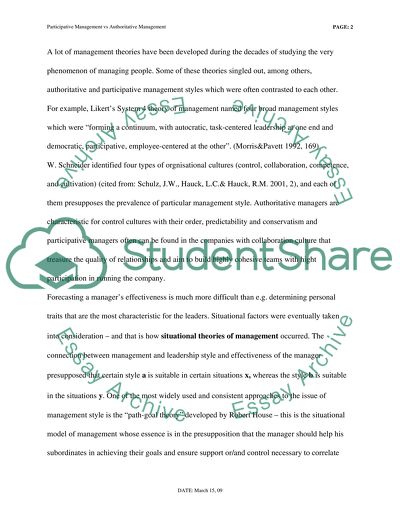Cite this document
(“Participative Management versus Authoritarian Management Essay”, n.d.)
Retrieved from https://studentshare.org/miscellaneous/1552538-participative-management-versus-authoritarian-management
Retrieved from https://studentshare.org/miscellaneous/1552538-participative-management-versus-authoritarian-management
(Participative Management Versus Authoritarian Management Essay)
https://studentshare.org/miscellaneous/1552538-participative-management-versus-authoritarian-management.
https://studentshare.org/miscellaneous/1552538-participative-management-versus-authoritarian-management.
“Participative Management Versus Authoritarian Management Essay”, n.d. https://studentshare.org/miscellaneous/1552538-participative-management-versus-authoritarian-management.


